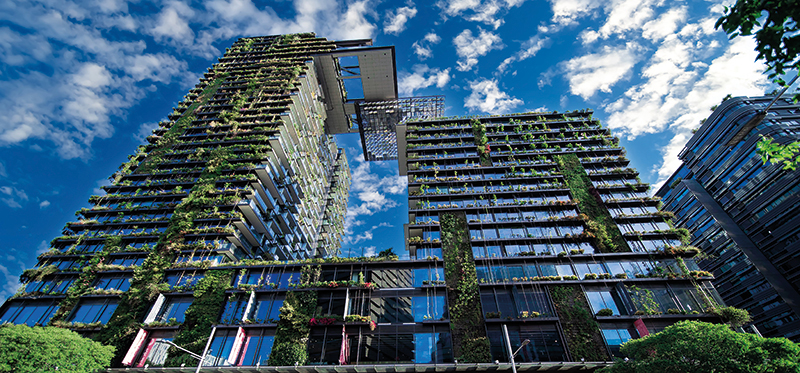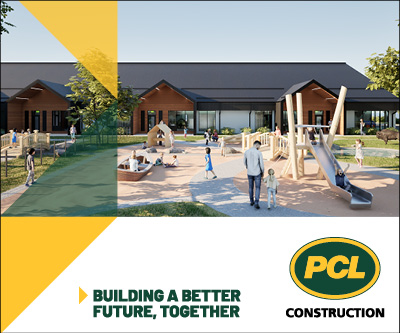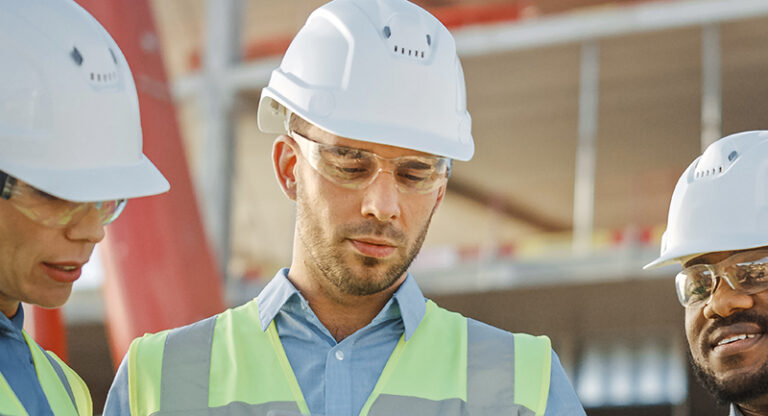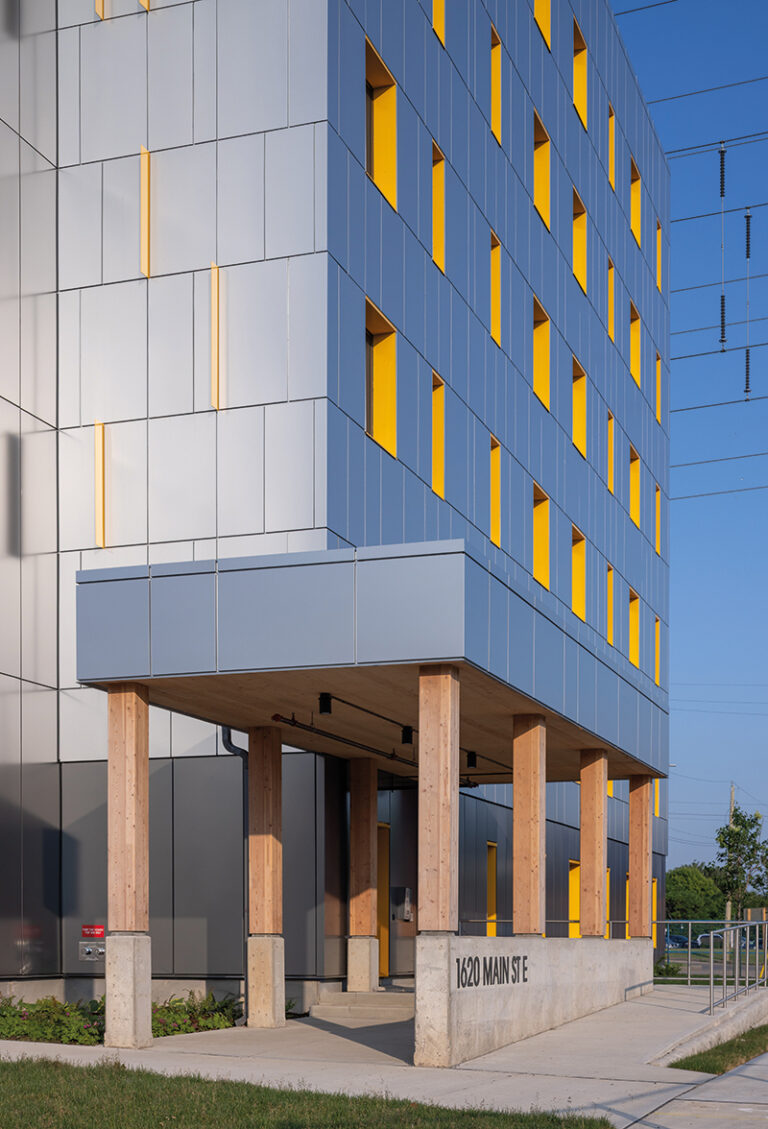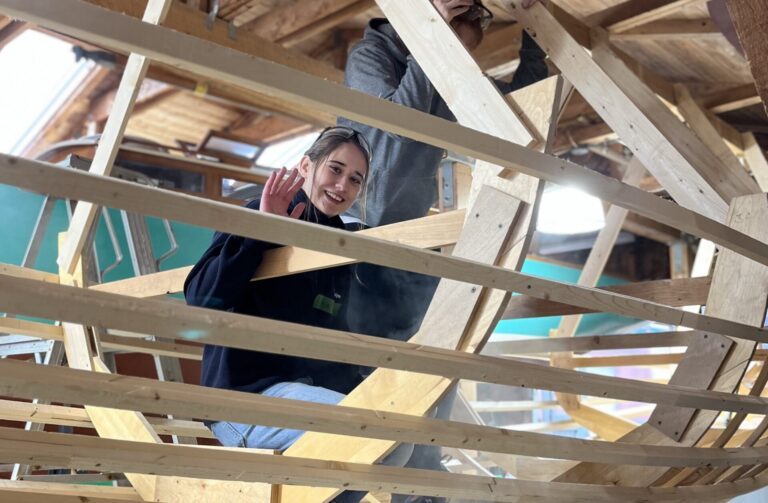The Government of Canada recently released its 2030 Emissions Reduction Plan: Canada’s Next Steps for Clean Air and a Strong Economy, which lays out the many actions being taken to combat climate change. It also outlines what remains to be done to ensure Canada reaches its emissions-reduction target of 40 to 45 per cent below 2005 levels by 2030, and the path required for the country to achieve net-zero emissions by 2050.
The plan points to the decarbonization of buildings as being a big piece of the puzzle, particularly since the greenhouse gas (GHG) emissions produced by buildings have only increased over the last 20 years as the number of buildings from coast to coast to coast has grown. In 2019, buildings accounted for 12 per cent of Canada’s direct GHG emissions (approximately 91 metric tonnes) and, after the off-site generation of electricity for use in buildings is factored in, that number climbs to about 17 per cent.
More than 85 per cent of building emissions come from dated fossil fuel space and water heating, and inefficient envelope performance.
Fortunately, much of the technology needed to decarbonize the buildings sector is here today. The switch from oil, propane, and natural gas to electric heat pumps is a viable option in many parts of Canada, and energy-efficiency measures such as upgrading the building envelope with improved insulation, replacing windows and doors, or air sealing, can minimize demand on the grid and reduce the cost of heating with low-carbon technologies.
During a recent INFRAIntelligence webinar, ReNew Canada brought together a panel of experts to discuss the importance of deep carbon retrofits and some of the most cost-effective ways is to complete retrofits and upgrades as part of normal building renewal cycles.
ReNew Canada: When it comes to decarbonizing buildings, what are some of the barriers to implementing carbon retrofits from the perspective of owners and policy makers?
Devon Stopps One of the biggest barriers is you must have some sort of clean energy source to heat your building space and water. So, when you’re talking about the potential sources of energy, it all comes back to clean electricity. First and foremost, we need a grid that is producing clean electricity to move that to a building that is going to be efficient.
Cost is probably the next biggest barrier. Measures such as electric heat pumps are technically feasible, but they’re very costly. Even when you’re looking at the lifecycle costs for a building, they’re still beyond the price of carbon, so it could be a struggle to implement.
Mike Wieninger One of the other big barriers or challenges is just the logistics. When it comes to an occupied building, at what point can you make those important transformational projects happen when you have occupied spaces? It’s very challenging, and because the best-case scenario is that it’s empty and thatÕs the best time to do it in a quick fashion. But in many cases, you don’t have that opportunity or it’s a massive cost if you were to vacate the entire building.
Kirk Johnson Right now, a VUCA (volatility, uncertainty, complexity, and ambiguity) situation is happening. People are comparing 2022 to 2007-08. We have the best of times in terms of where we are at in terms of political sentiment and technology advancement and environmental imperatives and economic drivers, but there’s all this chaos that’s happening around us and we have to be mindful of that. People are making investment decisions in a very complex world, and so it’s not clear to them exactly what needs to happen and where to go, and even indeed what the payoffs and the end results are.
Shannon Giebelhaus I’m in Edmonton, so because our grid right now is mostly still fossil fuel based, it’s a little bit of the chicken and the egg scenario. Do we just start making these retrofits more towards electricity and move that along and get the signal to our providers that that’s where we’re headed, or do we wait until the infrastructure is in place to get those retrofits?
What are some of the different approaches to deep carbon retrofits for different building archetypes?
Kirk Johnson To embark on a deep carbon retrofit or a net-zero strategy you need a followable plan. I use an acronym – ACTIVATE. A: accelerate your targets and timelines. C: create your dream teams that are going to work on it. T: start tracking and benchmarking your carbon, your costs, your consumption, etc. I: invest in your workforce. V: value risk and resiliency. A: align the interest and all the intersections because we have all these utilities and municipalities and federal and association, all these carbon accelerators, all that stuff. Start incorporating that. T: trigger the actual projects. And the last thing is E: engage your stakeholders. They will give you some amazing ideas and excellent feedback and probably give you the justification you need to move it up the ladder and get a green light with that extra zero in your budget.
Mike Wieninger I think every building is unique. And every building is going to have a different comfort need, whether it’s through temperature or HVAC. And when you look at each of those things, I think you got to look at the building type from there. You must look at it holistically because you may not need to upgrade your envelope, if you just change your HVAC system, you might achieve the reduction that you need. Same thing from the water supply. I think when you look at it holistically for each building and treat each building uniquely, then I think you can find the right solution.
Devon Stopps I would echo that integrated design philosophy where you must look at the building to get where you need to go. If you are retrofitting to a heat pump, and you make those envelope improvements to the building, you might not have to increase the size of your distribution pipes to move to a low-temperature heat distribution system. So, looking at that holistically, the other part is what’s above business as planned, such as replacing windows in five years. What’s that incremental cost? Can you install something a bit better? And what’s the incremental payback? I think that’s important to look at as well.
[This article originally appeared in the March/April 2023 edition of ReNew Canada.]

